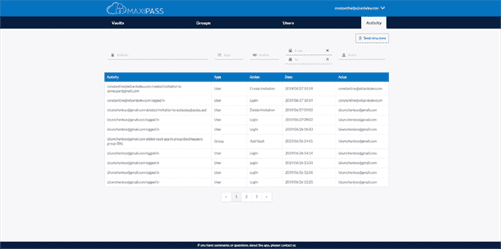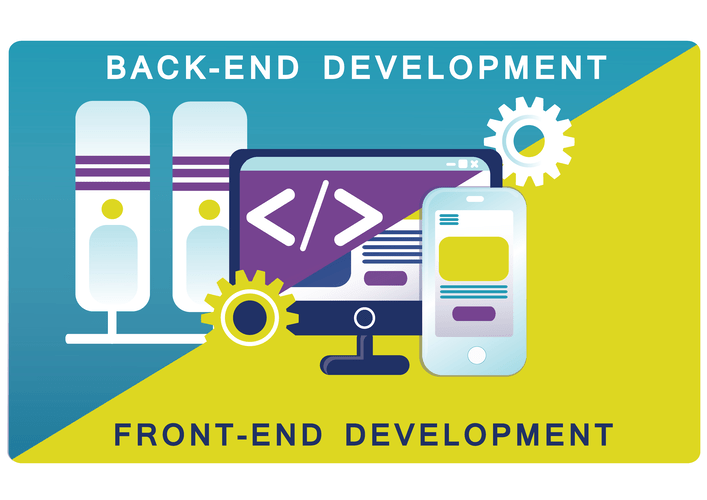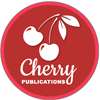- Your cart is empty
- Continue Shopping
What Is Test Strategy
This data is essential for the test team (Test) to be as structured and efficient as possible. A Test Strategy differs from a Test Plan, which is a document that gathers and organizes test cases by functional areas and/or types of testing in a format that can be presented to other teams and/or customers. Both are critical components of the Quality Assurance process since they aid in communicating the breadth of the test method and ensuring test coverage while increasing the testing effort’s efficiency. Test Strategy in software testing is defined as a set of guiding principles that determines the test design & regulates how the software testing process will be done. The objective of the Test Strategy is to provide a systematic approach to the software testing process in order to ensure the quality, traceability, reliability and better planning.

The document mainly defines how it will be tested, what is required to be tested, and who’s responsible for doing so. The test team should appropriately write the test strategy, analyze the necessities, and review the plan with the QA project team. This is done to eradicate any confusion or conflicts that may arise as the product moves into the following stages of its testing and launch. The test strategy document is accountable for consistency in the process of testing. It is a pretty rigid document but has an enormous scope of flexibility at the microscopic level.
Visual Regression Cloud
Some other test cases may be of lesser functional importance, or even cosmetic and if they fail, we can release the product without much compromise on the functionality. Any risks that will affect the testing process must be listed along with the mitigation. By documenting a risk, its occurrence can be anticipated well ahead of time.
These are built by test managers or test leads taking into account the input from team members. One important aspect to test plans is that they can constantly change and can vary from one product to another. Test strategy is a high-level plan consisting of principles that guide the overall software testing process. It provides a structured approach to the entire QA team, guiding them toward achieving testing objectives in the most efficient way. In Agile software development, a test strategy is a dynamic and adaptive plan that outlines how testing activities will be integrated into Agile development to deliver a high-quality product. Unlike traditional waterfall approaches, Agile test strategies are iterative and flexible, aligning with the methodologies like Scrum or Kanban.
Types of testing strategies
Before using a template, confirm that the document is compatible and brings value to your software development. It is not necessary to use any one of the techniques listed above for any testing project. Depending on product and organization’s requirements, two or more techniques may be combined. Test charters are developed based on the existing features and functionalities. These test charters are updated based on the results of the testing by testers.
So, the strategic view defines the major objectives and approach, while the tactical view defines the details of what is needed to meet the goals and objectives. Here are the 3 core reasons that help you to understand the necessity of a test strategy document. This classification is beneficial since it indicates the reasons for mitigation priorities.
You don’t want to copy another brand, whether it’s inadvertently or not. More than 86% of consumers consider authenticity a key factor when selecting a brand. This includes examining the pros and cons of the other brands currently in the market.

When the release date is close many of these activities will be skipped, it is desirable to discuss with team members whether cutting down any particular activity will help for release without any potential risk. Every organization has their unique priority and set of rules for test strategy definition software designing, so do not copy any organization blindly. Always ensure that their document is compatible and adds value to your software development before following the template. A Test Strategy is a plan for defining an approach to the Software Testing Life Cycle (STLC).
- As the name suggests, this testing technique uses consultations from key stakeholders as input to decide the scope of test conditions as in the case of user directed testing.
- You can consider hiring more software testers and going ahead with manual testing.
- Each of these sections plays a crucial role in shaping your test strategy, providing a roadmap for your testing process and ensuring that the software meets your desired quality standards.
- By following these steps diligently, we equip ourselves for a successful testing process, ensuring that our software is of the highest quality before it reaches the users.
- Executing a proper brand strategy takes a lot of work, and one small action can derail the entire process.
Furthermore, a test strategy objective is to support various quality assurance stockholders in respect of planning of resources, language, test and integration levels, traceability, roles and responsibilities, etc. A high-level document is used to validate the test types or levels to be executed for the product and specify the Software Development Life Cycle’s testing approach is known as Test strategy document. All software testing should ideally be conducted under actual user conditions.

Consider different testing levels when selecting regression test cases. Select cases that have direct relationship with the fix and also include few business critical cases that prove basic business scenarios still work. Remember also that non-functional testing (security, performance, usability) plays an important role in proving business continuation.
